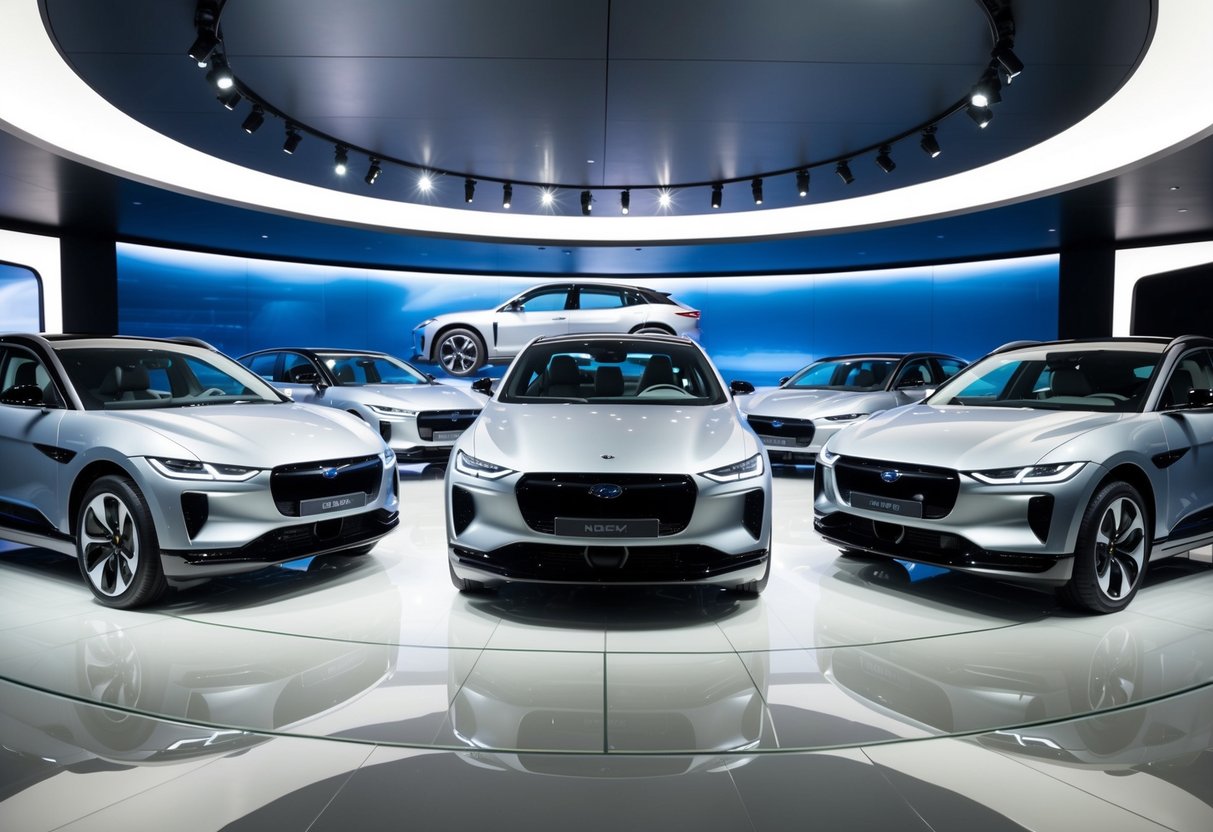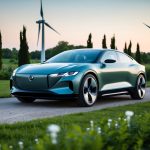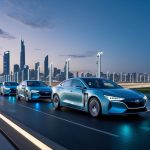
Sustainability Meets Performance
High-performance electric vehicles are at the forefront of the luxury auto market, combining advancements in battery technology with environment-friendly designs. The transition to emission-free transport not only promises reduced environmental impact but also showcases superior driving capabilities.
Battery Technology and Environmental Impact
In 2024, electric car manufacturers are prioritizing battery technology to enhance both range and sustainability. Newer models feature lithium-ion batteries with improved energy density, offering longer drives between charges. Additionally, companies are exploring solid-state batteries, which promise increased safety and faster charging times.
Recycling and disposal of EV batteries are crucial in minimizing environmental impact. Manufacturers are investing in ways to reduce waste, focusing on repurposing or recycling old batteries. This not only conserves resources but also lessens ecological harm. These innovations ensure that electric vehicles are not just performance-oriented but also environmentally conscious, offering a sustainable luxury option for discerning buyers.
The Future of Emission-Free Driving
The movement toward emission-free driving aligns with global sustainability goals. Electric car makers are striving to eliminate tailpipe emissions without sacrificing performance. New luxury EVs can accelerate from 0 to 60 mph in under three seconds, rivaling traditional high-performance gasoline vehicles.
Furthermore, advancements in charging infrastructure are making it easier for owners to maintain their vehicles conveniently. Ultra-fast charging stations are becoming more widespread, reducing charging times and aligning with the fast-paced lifestyles of luxury car owners. The future of driving is not only zero-emission but also performance-driven, ensuring that luxury and sustainability can coexist harmoniously.
Technological Advancements and Connectivity
Luxury high-performance EVs in 2024 are seamlessly integrated with cutting-edge technology. Key areas of focus include state-of-the-art infotainment systems and advanced safety and driver assistance features.
State-of-the-Art Infotainment Systems
High-performance EVs are equipped with advanced infotainment systems that provide an immersive experience. These systems feature large, high-resolution touchscreens with intuitive interfaces. Enhanced connectivity options allow seamless integration with smartphones through platforms like Apple CarPlay and Android Auto. Built-in navigation systems offer real-time traffic updates and route planning.
Voice recognition technology adds convenience, enabling drivers to control various functions hands-free. Over-the-air updates ensure that the infotainment software remains current, bringing new features and improvements without requiring a visit to the dealership.
Safety and Driver Assistance Features
Safety in luxury EVs is enhanced by a range of advanced driver assistance features. These vehicles are equipped with adaptive cruise control, which maintains a safe distance from the car ahead by automatically adjusting speed. Lane-keeping assist supports the driver in staying within lane markings, while blind-spot monitoring helps in detecting vehicles in adjacent lanes.
Automatic emergency braking is a vital feature, alerting the driver to potential collisions and applying brakes if necessary. Additionally, 360-degree cameras provide a comprehensive view around the vehicle, aiding in parking and maneuvering in tight spaces. These features combine to enhance safety, offering a refined driving experience.
Charging Infrastructure and Convenience
The expansion of charging infrastructure and new solutions for home charging play a critical role in the adoption of luxury EVs in 2024. Consumers are looking for powerful network options and seamless home integration to maximize convenience and performance.
The Network of Rapid Charging Stations
In 2024, rapid charging stations have become increasingly prevalent, ensuring luxury EV drivers can travel longer distances with ease. Key providers have expanded their networks, offering more locations to support longer trips. Major highways and busy urban centers are increasingly equipped with high-speed chargers that deliver significant power levels, reducing the overall time needed for charging.
Rapid charging networks are also crucial in alleviating range anxiety, a common concern among potential EV buyers. The growing network provides confidence to drivers, knowing that a charging station is never far away. As companies continue to build upon these extensive networks, the accessibility and reliability of charging infrastructure continue to improve. This development not only enhances the convenience for current EV owners but also encourages more drivers to switch to electric vehicles.
Home Charging Solutions and Considerations
Home charging solutions have become more sophisticated, offering increased convenience for luxury EV owners. Installing a home charging station allows drivers to start their day with a full charge, providing the ease of overnight charging. These systems are becoming more accessible, with a variety of options tailored to different home settings and budgets.
Charging at home significantly reduces the need for public charging, lowering reliance on external locations and offering substantial savings on charging costs. Many of these home systems are compatible with smart home technology, allowing users to control charging times and monitor energy use. Consumers should consider factors such as installation costs, wiring compatibility, and potential incentives.



